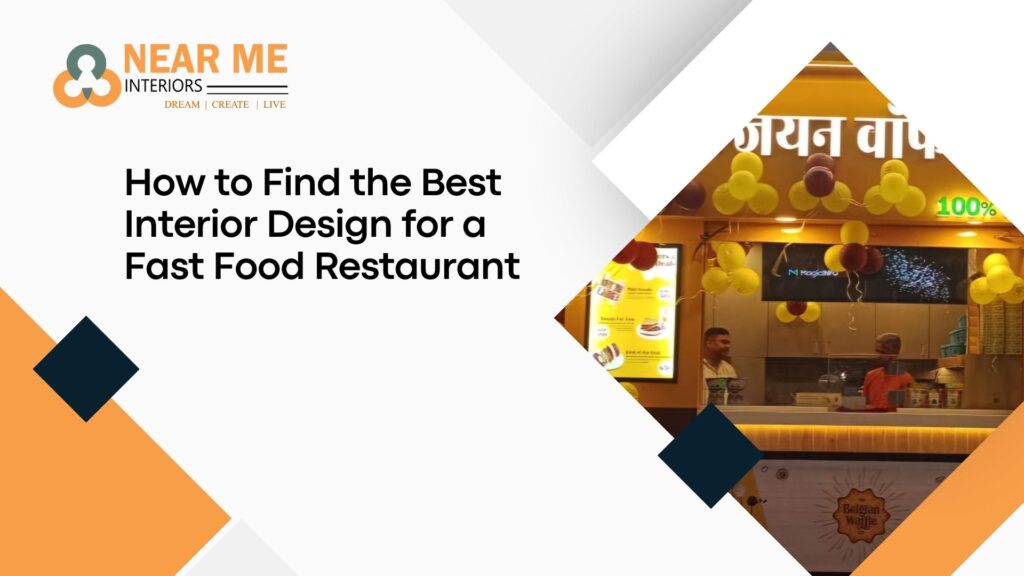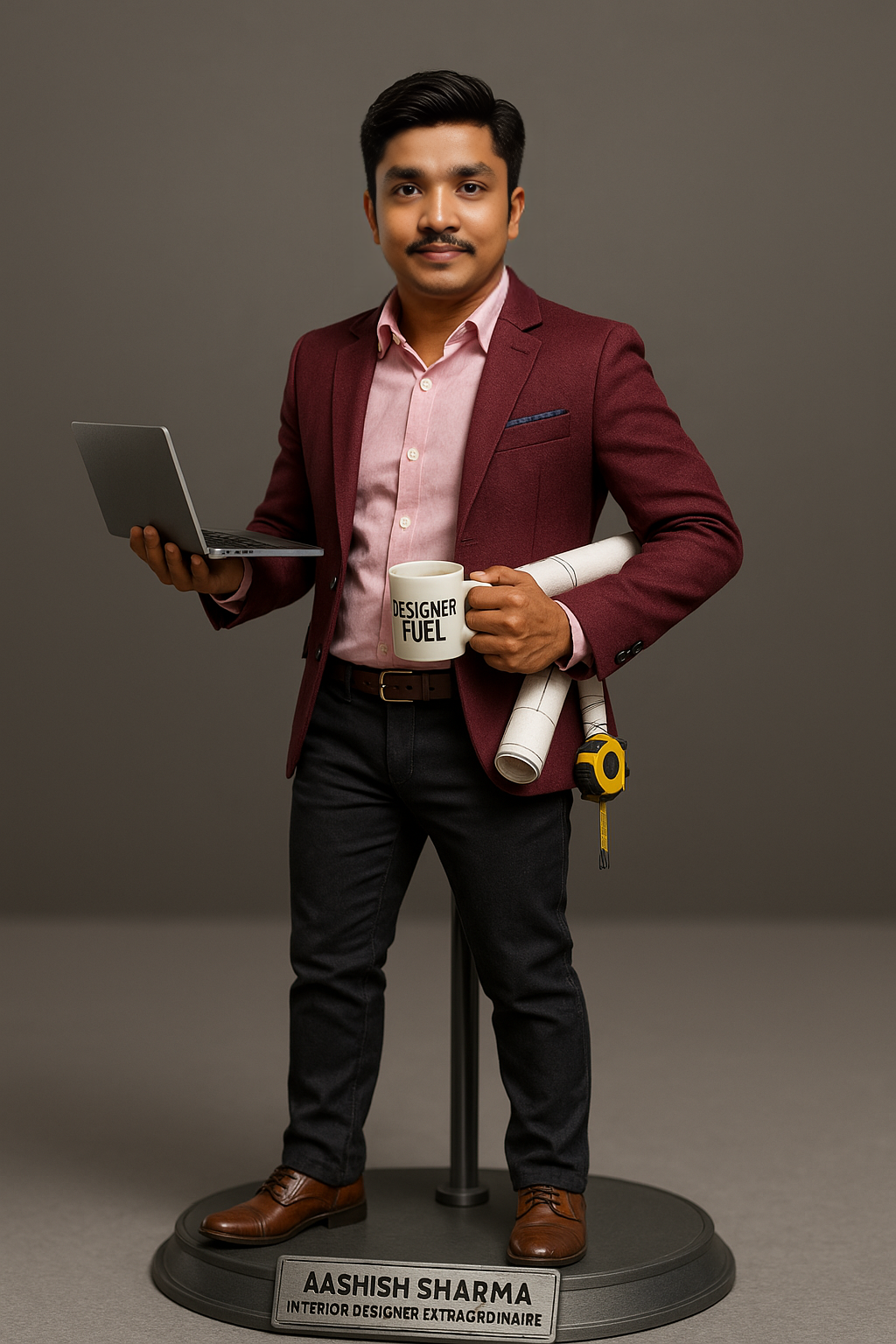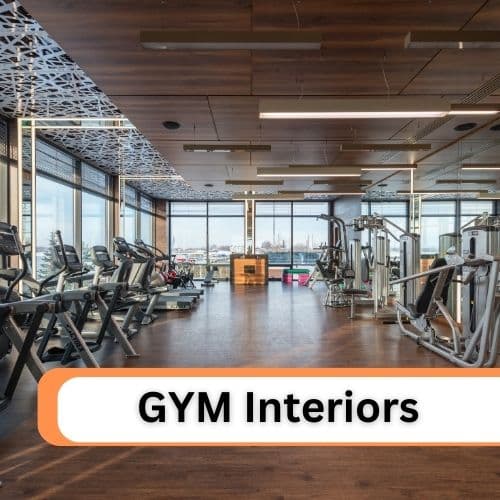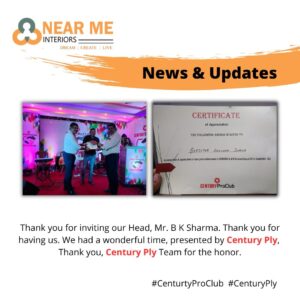In today’s fast-paced world, fast food restaurants are not just about quick meals; they are also about creating a memorable dining experience. One of the most crucial aspects of that experience is the interior design of the restaurant. A well-designed fast food restaurant can enhance customer satisfaction, increase foot traffic, and even improve brand loyalty. In this article, we will delve into how to find the best interior design for a fast food restaurant, ensuring that your space is both functional and appealing. From optimizing space to choosing the right materials, our guide covers every detail.
1. Understanding the Importance of Interior Design in Fast Food Restaurants
When people walk into a fast food restaurant, their initial impression is often based on its appearance. Therefore, the design should reflect the brand identity and resonate with the target market. The right interior design can significantly improve the customer experience, increasing the likelihood of repeat visits. Fast food restaurants are known for high turnover rates, so the interior design must support quick service, easy movement, and comfort for customers, even if their stay is brief.
Moreover, with the rise of social media, a visually appealing restaurant interior can encourage customers to share their experiences online, giving your brand free publicity.



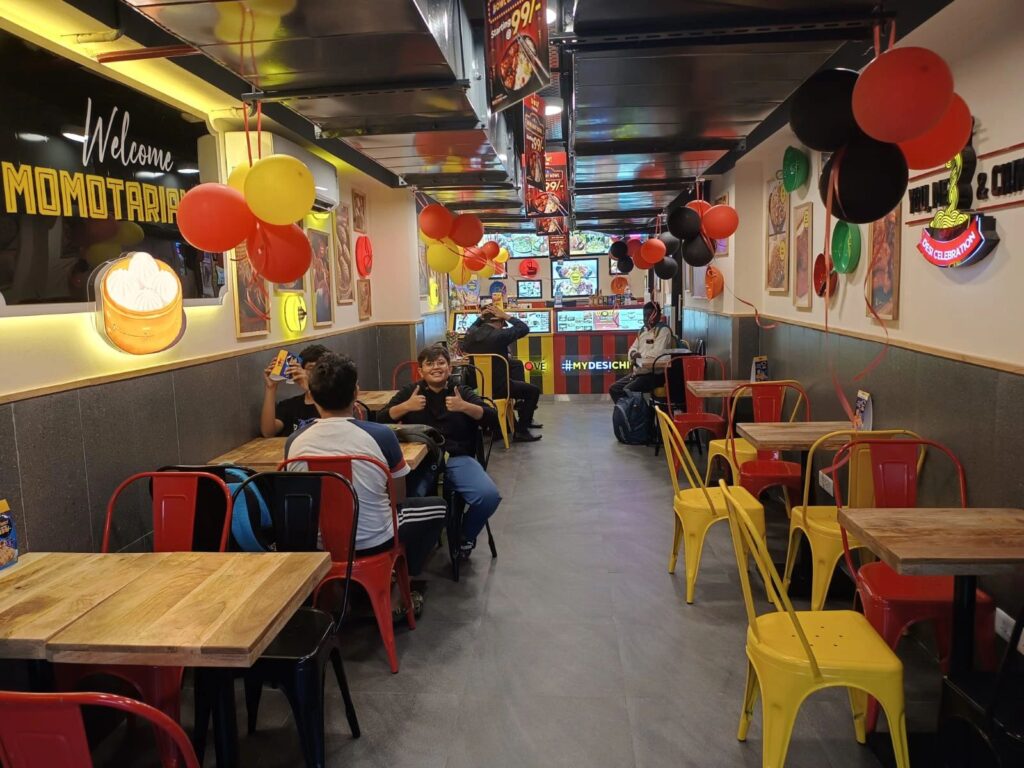
2. Space Planning and Layout for Maximum Efficiency
Space planning is critical in fast food restaurants, where the efficient flow of customers and staff can make or break the business. In a fast food environment, it’s important to maximize seating capacity without making the space feel cramped or uncomfortable.
Key Considerations for Layout:
- Queue Management: One of the main features of fast food restaurants is the need for an organized and efficient queuing system. Design a clear path from the entrance to the ordering counter, with signage or digital displays to guide customers.
- Open Kitchens: Many modern fast food restaurants now feature open kitchen designs, where customers can see their food being prepared. This adds an element of transparency and trust, making customers feel more connected to the food.
- Dining Areas: While fast food restaurants typically cater to customers on the go, providing a comfortable seating area is still essential. Incorporating a mix of seating options, from communal tables to individual booths, offers flexibility for different customer groups.
- Accessibility: Ensure that your restaurant is accessible to everyone. This includes designing for wheelchair access and having easy-to-navigate spaces for all types of customers.
Collaborating with experienced interior designers will help you create a functional layout that enhances both customer experience and operational efficiency.
3. Choosing the Right Materials for Durability and Style
Fast food restaurants experience high traffic, so choosing the right materials for your interior is crucial for both aesthetics and longevity. The materials need to be durable, easy to clean, and cost-effective, while also maintaining a modern and welcoming appearance.
Key Material Choices:
- Flooring: Opt for durable materials like porcelain tiles, vinyl, or sealed concrete. These options are easy to maintain, resist wear and tear, and withstand spills and heavy foot traffic.
- Tables and Chairs: Use sturdy materials such as metal, laminate, or high-grade plastic for tables and chairs. These materials are not only durable but also easy to clean and maintain. Consider ergonomic designs to enhance customer comfort, even during short stays.
- Wall Finishes: Go for washable, stain-resistant wall finishes. Decorative wall tiles or easy-to-clean paint are excellent choices for areas that may get splashed or dirty, particularly near the food preparation and serving zones.
- Countertops: Use materials such as quartz, stainless steel, or laminated wood for countertops. These are hygienic, easy to clean, and resistant to scratches.
When selecting materials, always keep both aesthetics and functionality in mind, ensuring that your space is not only visually appealing but also practical for everyday use.
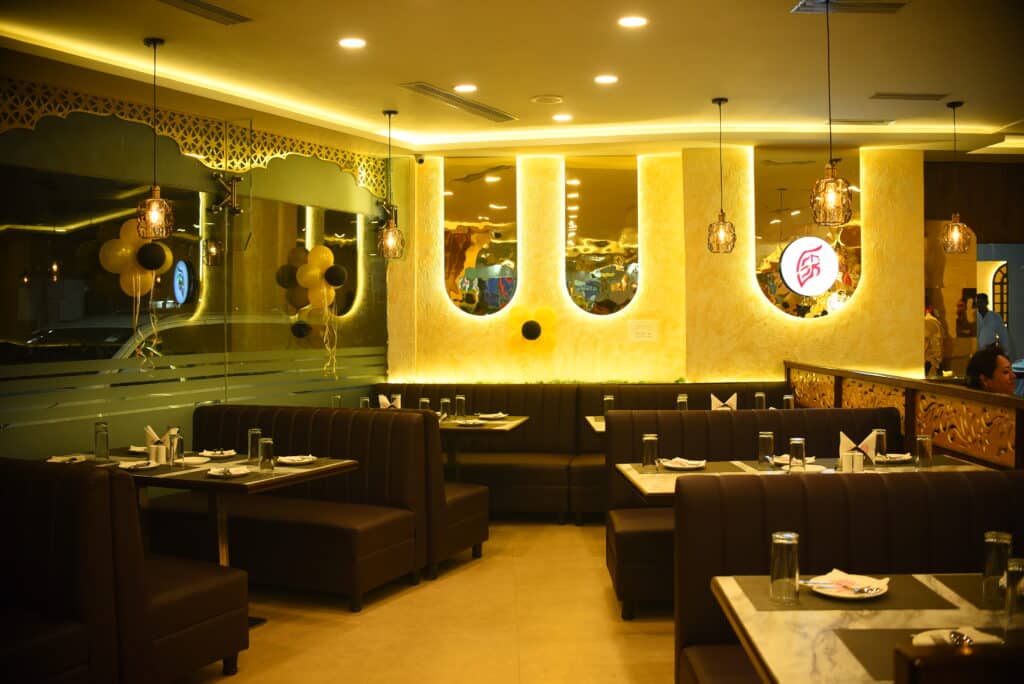


4. Creating a Cohesive Brand Identity Through Design
The interior design of your fast food restaurant should reflect the essence of your brand. From the color scheme to furniture, every element should tie back to the brand’s identity. For instance, a fast food restaurant that emphasizes fresh and organic ingredients might incorporate natural elements like wood or greenery into the design.
Ways to Showcase Brand Identity:
- Color Scheme: Use the brand’s signature colors throughout the restaurant’s design. For example, red and yellow are popular choices for fast food chains as they are known to stimulate hunger and energy. However, it’s important to balance these bold colors with neutral tones to prevent overstimulation.
- Brand Logos and Graphics: Display your logo prominently within the interior design. Use custom graphics or murals that reflect the values of your brand and appeal to your target audience.
- Packaging and Design Sync: Ensure that the restaurant’s packaging, signage, and interior design complement each other to create a cohesive brand experience. For instance, if your packaging emphasizes sustainability, your interior design should incorporate eco-friendly materials and practices.
Working with an experienced Interior Designer near me can help you incorporate your brand’s personality seamlessly into the design, ensuring consistency and recognition.
- Best Cafe Interior Design in Lake Town Shree Bhumi
- Best Office Design Interior Design in Kolkata for Corporate & Startups
- ABID INTERIORS 2026 – Step Into a World Where Design Speaks: Redefines the Future of Interior Design
- Interior Shop Near Me: Where to Buy the Best Interior Materials
- Interior 3D Designers Near Me: Why 3D Visualization Is Essential Before Starting Any Project
5. Lighting Design for Mood and Functionality
Lighting is one of the most overlooked elements in restaurant design, yet it plays a key role in setting the mood and enhancing the customer experience. In fast food restaurants, lighting must strike a balance between creating a lively atmosphere and ensuring practicality.

Types of Lighting to Consider:
- Ambient Lighting: General overhead lighting that provides uniform illumination throughout the restaurant. Use warm, inviting light to make the space feel welcoming, but ensure it’s bright enough to promote efficiency and safety.
- Accent Lighting: Use accent lights to highlight specific areas such as menu boards, decorative features, or seating zones. Pendant lights over communal tables or individual booths can add a stylish touch while focusing on functionality.
- Task Lighting: Areas like the kitchen and order counters need bright task lighting to ensure that staff can work efficiently and that customers can clearly see the menu options.
A professional Interior Designer near me will help you plan and execute a lighting scheme that works for both the functional aspects of your restaurant and the aesthetic appeal.
6. Technology Integration in Fast Food Restaurant Design
Technology is becoming increasingly important in the fast food industry, with digital menus, self-ordering kiosks, and mobile ordering apps becoming more common. Your interior design should support and enhance the integration of these technologies.
Key Tech Design Considerations:
- Self-Ordering Kiosks: Designate areas for self-ordering kiosks that are easily accessible but do not disrupt the flow of customer movement. These kiosks should be clearly visible, with sufficient lighting and signage to guide customers.
- Digital Menu Boards: Replace traditional menu boards with digital ones to allow for dynamic content and easier updates. Ensure the screens are placed in highly visible areas.
- Charging Stations: Incorporate charging stations or USB ports in the seating areas to cater to customers who may want to charge their devices while they dine.
By working with Near Me Interiors, you can ensure that your restaurant’s design not only meets current technological trends but also anticipates future needs.
7. Finding the Right Interior Designer Near You
To create the perfect fast food restaurant interior, it is essential to work with an experienced Interior Designer near me. Here are some steps to ensure you find the right professional:
- Look for Specialization: Not all interior designers have experience in fast food restaurant design. Make sure to choose a designer who has worked on similar projects and understands the unique requirements of the industry.
- Check Portfolios: Review portfolios and case studies of past projects. Look for designs that align with your brand and aesthetic vision.
- Consult with Multiple Designers: Don’t hesitate to consult with a few designers before making your decision. Discuss your ideas, budget, and timeline to ensure you find the right match.
- Request References: Ask for references or testimonials from previous clients to get a sense of the designer’s reliability and professionalism.
By partnering with an expert in fast food restaurant interior design, you can transform your vision into reality, ensuring both aesthetic appeal and operational efficiency.

